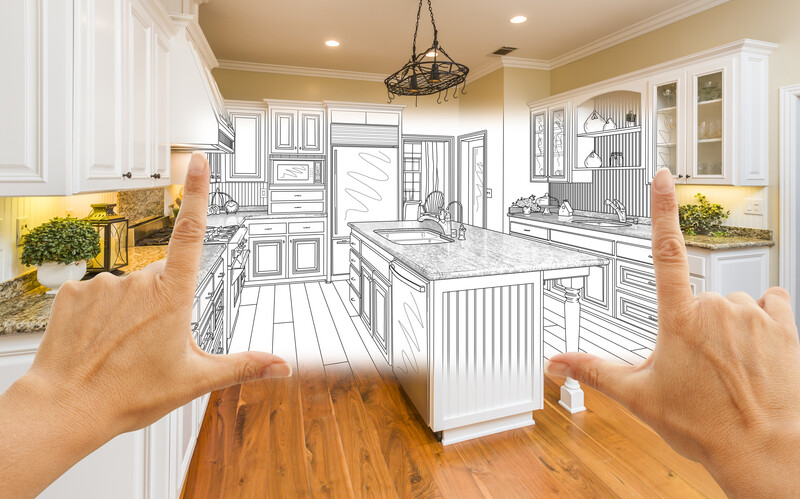According to SF Kitchens Renovations, planning a kitchen renovation involves many considerations. Where is the starting point? Is it with the layout, tiles, the cabinetry, the finish or the appliances? This article will highlight a checklist of the chronological design and build process for a kitchen renovation. Whether it is a part of an isolated fix up or a complete home renovation, this checklist will help.
Conceptualizing the Kitchen Design
If you are collaborating with an interior designer kitchen or consultant, it is likely that the first thing you will get is a model of the layout plan. Included among popular layouts are U or L shape and galley style kitchen. The best layout will be dependent on your budget and the available space.
In addition, you might even be able to get some concept images, which are basically renders of the design. At this early stage, it is likely that you will be able to see pictures of completed kitchens that have been captured for design inspiration.
It is not necessary for you to work with an interior designer or kitchen consultant to create the kitchen of your dreams. With the remarkable range of do-it-yourself solutions currently available, you will be able to achieve a designer look on a budget.
However, do not skip the conceptualizing step of the kitchen design. Creating your own mood board can be done by using online images and swatches of material you plan to use. If you are in the mood to flex your inner designer muscle, there are free tools available to create 3D models of the desired design.
Kitchen Layout
The “golden triangle” is a decades-old notion. In theory, the three main work areas of the kitchen will create a triangle if an imaginary line was sketched between them. The concept is designed to make it easy to have quick access to ingredients while.
Heights, Depths, and Distances
Similar to the golden triangle, there are guidelines that can be followed for the overall position and size of the kitchen cabinets.
Cupboards, Shelves, Drawers and Larders
As it relates to determining the positioning of kitchen cabinets, you should consider starting with a kitchen audit. Determine what is working and what is not. For example, avoid having too many cupboards that store hard-to-reach pots and pans. Eliminate drawers that are overly deep for cutlery but cannot accommodate anything else. Getting the right combination takes a bit of fine art.
The best place to begin is by using a quick bubble diagram to plan out where everything will go. This provides a simple means of mapping out the location of different purpose areas. Each kitchen will have a minimum of the following purpose areas highlighted below, as they create the points of the golden triangle.
Food Storage
If possible, the pantry and refrigerator/freezer should be placed next to each other so that all food is in a single location, irrespective of how they are stored. There will ideally be an expanse of clear bench space between the sink and pantry for food preparation. This will make it easy to drop dishes into the ‘clean-up’ region.
Clean-up
All that is needed in the clean-up zone are the sink, draining board and dishwasher in addition to adequate storage (typically an under-sink cupboard) to store cleaning supplies.
Cooking/Baking Area
Functionally speaking, all that is required here is an oven placed on the wall with a nearby cooktop and bench space. The adjacent kitchen cabinets should be used as storage for items like pans, pots, utensils, baking trays and casserole dishes. Spices and herbs are sometimes located in the cooking zone.


